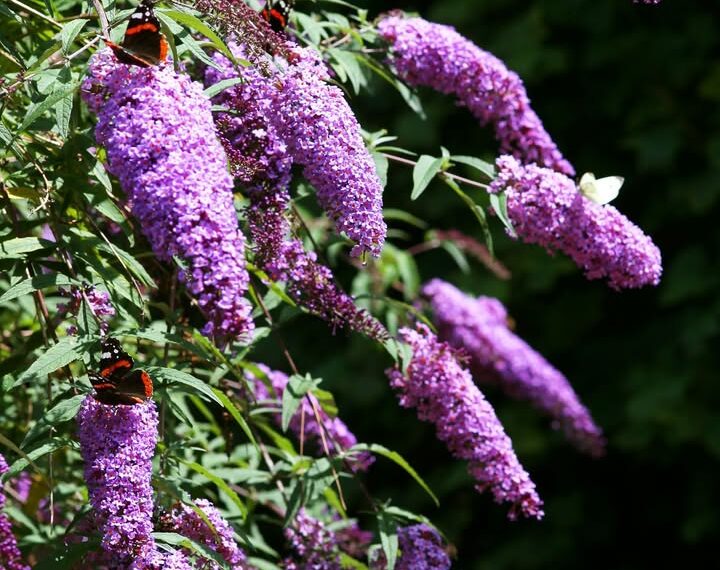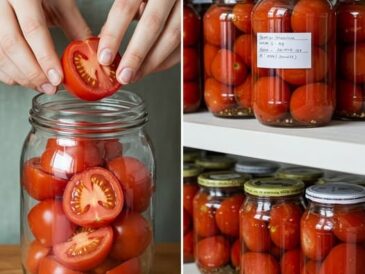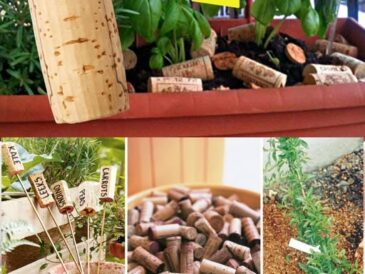The cost of keeping butterfly bush under control is high:
- Maintenance-heavy: Must be pruned aggressively every year to prevent seed spread.
- Herbicide use: Sometimes required to manage wild infestations, affecting other species.
- Public land overrun: Local governments spend money managing its spread.
Is one flashy plant really worth all that trouble?
Legal Restrictions and Warnings
Due to its invasive nature, several states and countries have banned or restricted the planting of butterfly bush.
- Oregon: Illegal to sell or distribute Buddleja davidii.
- Washington State: Listed on the state noxious weed list.
- United Kingdom: Strong guidance to avoid planting it near structures or protected areas.
Ignoring these warnings can result in fines or land degradation.
Native Alternatives That Truly Help Butterflies
Thankfully, there are better options that support every stage of a butterfly’s life:
Milkweed (Asclepias spp.)
- Host plant for monarch butterflies
- Supports larvae and adults
- Native across North America
Joe-Pye Weed (Eutrochium spp.)
- Rich nectar source
- Tall, dramatic blooms
- Loved by butterflies and bees alike
Asters and Goldenrod
- Bloom late in the season
- Feed pollinators when few plants are flowering
- Excellent native ground covers
Switching to these plants helps build a true butterfly sanctuary — not just a snack bar.
Don’t Fall for the Marketing Trap
Many garden centers still promote butterfly bush as a “butterfly-friendly” plant. But remember:
- Just because it has “butterfly” in the name doesn’t mean it’s beneficial.
- Native plants do more with less.
- If you’re serious about supporting pollinators, start with host plants, not just nectar.
Conclusion
Butterfly bush may look like a hero in the garden, but in reality, it’s a villain wearing a flowery disguise. It lures you in with beautiful blooms and promises of butterfly visits — but fails where it counts: supporting the complete life cycle of pollinators and protecting local ecosystems.
Before you buy that next buddleia plant, think about what kind of garden you want. One that simply looks good for a season, or one that nurtures, sustains, and gives back for years to come?
Choose wisely. Your local ecosystem depends on it.
FAQs
1. Is butterfly bush toxic to animals or humans?
No, it’s not considered toxic, but its invasiveness poses ecological risks that affect wildlife habitats indirectly.
2. Can I grow sterile butterfly bush cultivars safely?
Some cultivars are bred to be sterile, like ‘Blue Chip’ or ‘Miss Molly’. While safer, it’s still better to opt for native alternatives.
3. Why do butterflies like butterfly bush if it’s not good for them?
They’re drawn to the nectar, but it’s like fast food — tasty, but not nutritious or sustainable for their offspring.
4. How do I remove butterfly bush from my yard?
Cut it back, dig up the roots, and monitor for resprouts. Avoid letting it go to seed.
5. What are the best butterfly-supporting plants for beginners?
Start with milkweed, coneflowers, bee balm, and goldenrod — all native, easy to grow, and great for pollinators.




